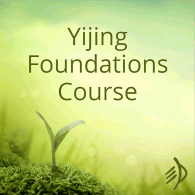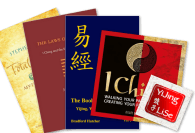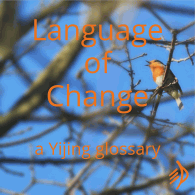I first met Margaret Pearson at a talk she was giving in Clare Hall, Cambridge, about the Yijing and her upcoming translation. She handed out excerpts from her first drafts, including Hexagram 11, and I started reading with great interest. Simple, fluent translation… a couple of ‘why did I never realise that?’ moments… A gently lucid commentary that I can see myself quoting in readings in future.
Then I looked at the Image – and there, instead of the usual ‘ruler’ or ‘prince’, was the queen, ‘guid[ing] the natural forces of both sky and earth’. Oh dear, I thought. She’s just arbitrarily converting the male to the female, I thought. After all, this character means a male ruler, right?
Um. It ain’t necessarily so.








